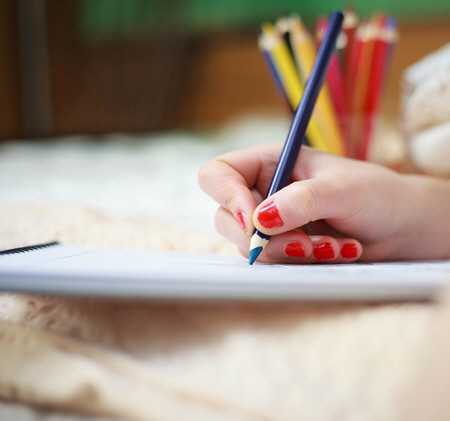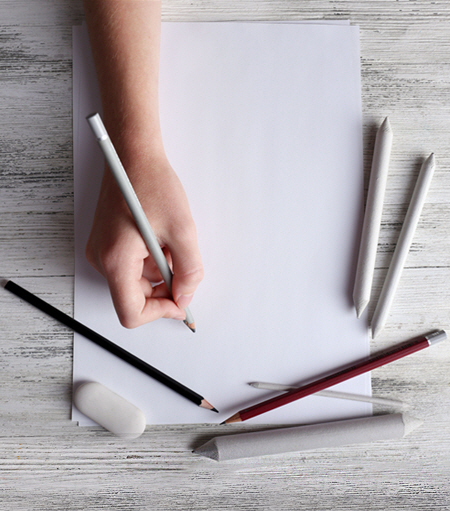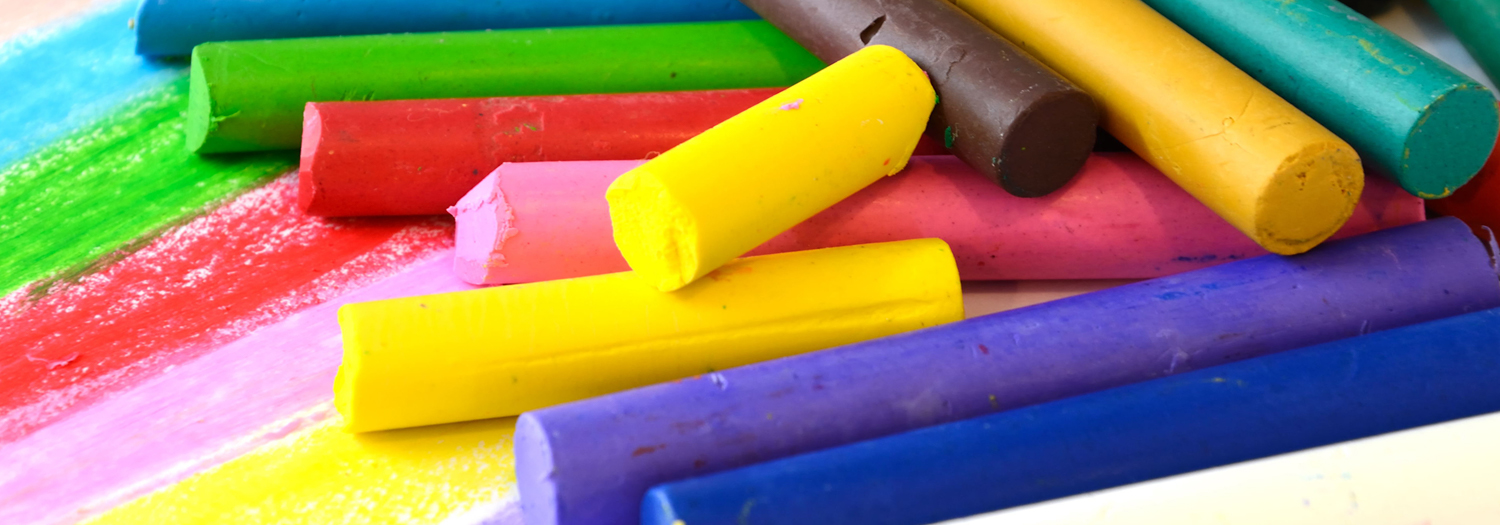 No matter your age, place, or background…
No matter your age, place, or background…
Chances are… art is an effective addition to treating what ails you.
Art therapists are trained to pick up on nonverbal symbols and metaphors that are often expressed through art and the creative process – concepts that are often difficult to express with words. Symbols and metaphors have no strict rules.
Images, unlike the written word, do not have grammar or spelling, etc. Images of a road or river may be the metaphor for a journey. A bumpy road or turbulent waters may symbolize a time on your journey that was difficult or change. Of course, all interpretations are personal and individual, and only the creator of the image knows the meaning. Even then, some meanings will take time to understand.
By creating art and reflecting on its process and product, you can increase awareness of yourself and others and cope with stress and trauma symptoms. The result is improved cognitive ability and enjoyment of the life-affirming pleasure of making art!
I’ve used art to help individuals, families, groups, and communities make discoveries in mental health settings, rehabilitation, medical and forensic institutions, schools, open studios, and independent practices.
As an art therapist, I’ve trained in both art and psychotherapy, so let’s consider this as a way to maximize the benefits you’ll get from therapy!
I bet you didn’t know this about making art…
It can quiet the mind.
Quieting the mind through art-making can be like meditation, whereas it brings the focus back to the moment being present and experiencing the sensation of the materials, which can quiet the mind.
It can settle your fight-or-flight response.
Expressing emotions like anger, which is part of the fight response, through color, shape, texture, and line can settle or transform the feeling at the moment.
It can… be an authentic expression to elevate the spirit regardless of hardship or adversity.
Art can transcend circumstances.
Art-making can reflect beyond yourself, engaging a memory to create an image that symbolizes hopefulness. Making, creating, forming, and constructing can transcend one from disabilities and physical and emotional pain.
All of humanity has a desire to self-express, which often transcends basic needs. When the world appears to be chaotic, unjust, and senseless, self-expression offers a means to experience hope, which leads to health and well-being.
 You do not have to be an artist to benefit from art therapy!
You do not have to be an artist to benefit from art therapy!
You need to be vulnerable – not to judge yourself. If you are judging yourself, listen to what your inner critic is saying. If you find yourself saying, “You’re not an artist” or “People will laugh at this,” that can indicate something we might want to address.
Most people have not used art materials since grade school. So, it may feel strange at first, and a child-like feeling might emerge. But that’s ok!
Let’s be bold and try something different together! Check this out…
Let’s do the scribble exercise. Just choose any color using an oil pastel crayon and a large piece of white paper and begin to scribble for one minute. Choose a second color and scribble for another minute. Choose a third color and scribble for a final minute. Then stop. What do you notice? Were you able to find a rhythm? Was it fun? Did you feel like a child again? What was that like?
Some clients tell me they can relax and feel relief in just scribbling – that letting their mind go where it wants without using words feels “freeing,” “open,” and “nonjudgmental.”
Others say that it’s uncomfortable because they need a “road map,” which shows their perfectionist tendencies kicking in.
Still, others say that it feels too chaotic, which might tap into their past trauma.
As you can see, you might experience many sensations as you react to using art in therapy – even by doing something as simple as a scribble. As your art therapist, we’ll dive into underlying messages communicated through your art. Your interpretation is based on what you experience and what you see.
Are you ready to give Art Therapy a try?
We can do art therapy together as a part of individual or group work. In individual sessions, you can explore a theme or pattern while working on a specific therapeutic goal. When used in the group, members bond and share the connections and meaning they make through their art.
And if you’ve done Art Therapy before and want to pick up and continue where you left off, I would be happy to walk beside you on that journey.
You may have tried talk therapy but feel you have reached a point of saturation and still want to continue your healing journey, in which case Art Therapy can help you to continue. Self-expression is always autobiographical and tells your life’s story – feelings, thoughts, experiences, memories, values, and beliefs, supporting self-discovery and deeper understandings of your life.
Call today for a free 20-minute consultation, and let’s explore what works for you: (480) 431-4994.

